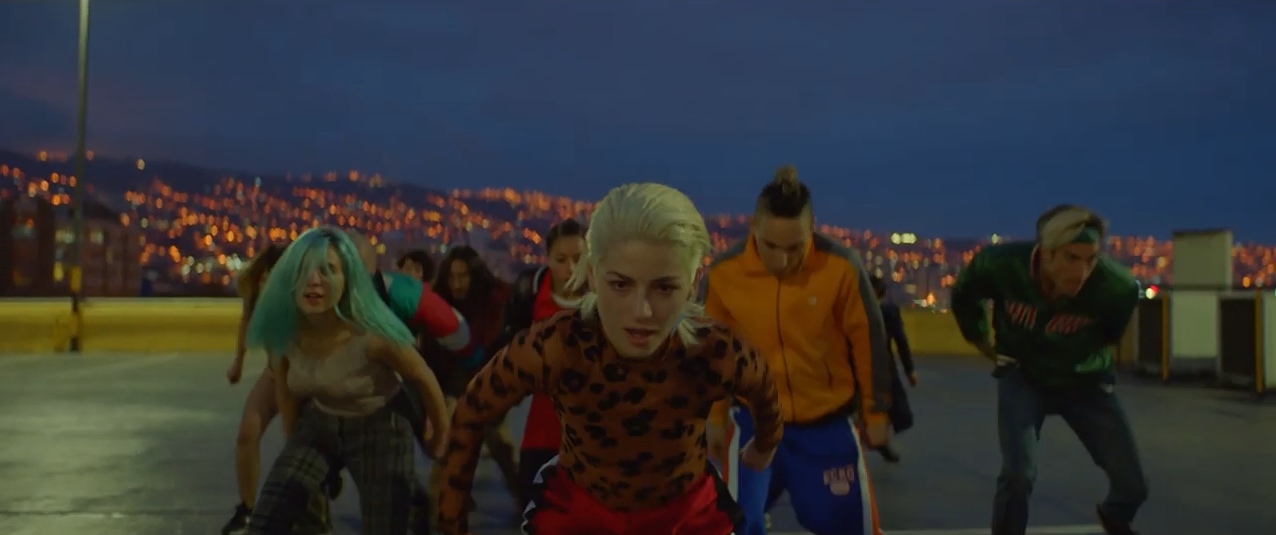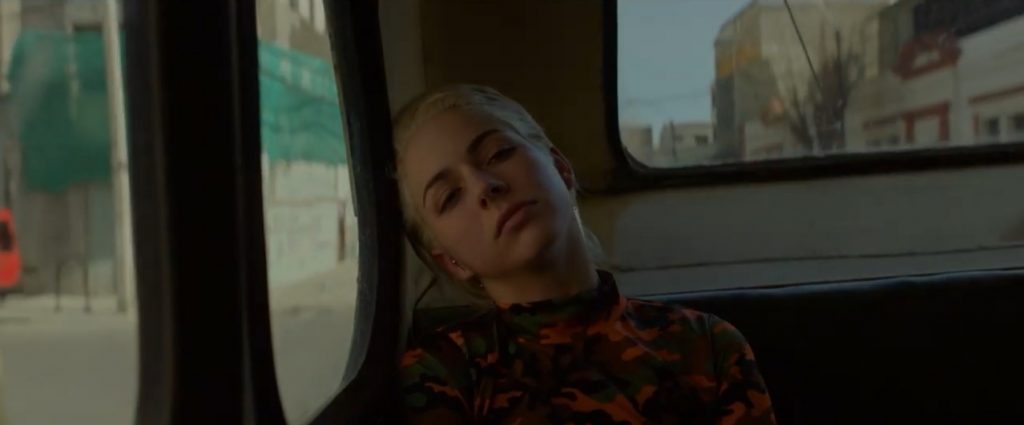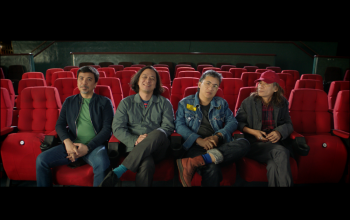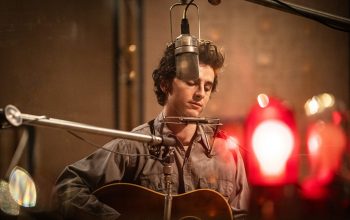Pablo Larraín has been out and about for quite some time now, yet he became a household name in 2016 after the creation of two films–Jackie and Neruda, both of which are biopics that have been deconstructed into audiovisual poetry, made even more introspective by its elements of fiction that dare challenge history and truth, politics and rebellion. He has a certain flare in his hands, in which anything and everything he touches sparks into a calm, sensational fire, engulfing his audience with the notion of being burned at the expense of watching even a single work of his, yet embraces each mind and body who dares go near it with warmth, the kind of warmth one can only get upon telling the truth, accepting the verities of life, no matter how good or bad. The legacies of his work intersect with that of the characters he has built from scratch, from the sinister and volatile Raul Peralta in Tony Manero to the broken and despair-driven Jackie Kennedy-Onassis in Jackie, breathing into them the flaws and imperfections that complete their true colors. These characters of his start off veiled with mystery, as indiscernible walks of life finding a sense of purpose in what they do, and ends with the mystery never truly unmasked. And Ema–a series of controlled chaos birthed from the angst and anger of an other eponymous lead with no control at all (or, at the very least, chose to not be in control of her actions)–is no different; if anything, it’s a culmination of every filmic creation Larraín has ever put out, only more sinister, more apocalyptic.
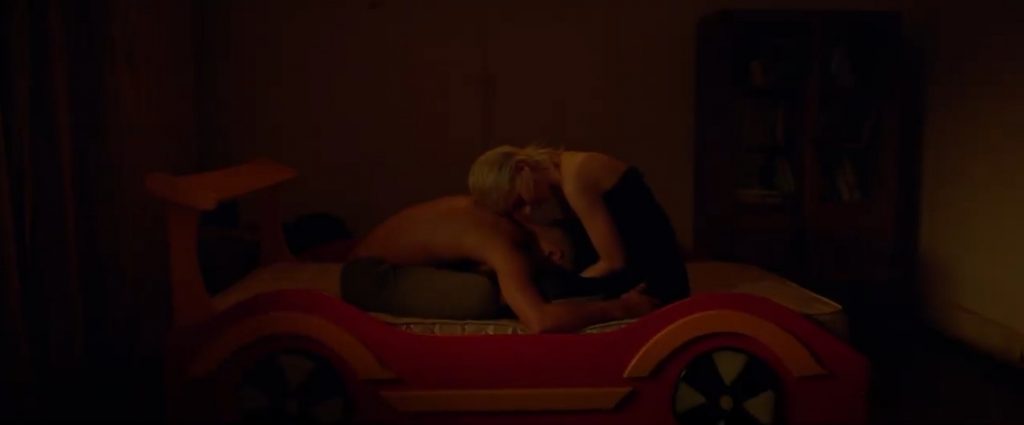
The film starts with the aftermath: a disintegrating couple, Gaston (Gael Garcia Bernal) and Ema (Mariana di Girolamo), whose lives have only been kept together by their work as dancers, finds yet another reason to argue from possibly all of the times they have crashed and burned in the past: their adoptive son Polo, whose presence in the film is almost invisible, is taken back into the orphanage for being more than they let on; after all, anyone with the right frame of mind would have been startled (an understatement, really) when they find their child burning a woman’s face and killing someone’s cat by putting it in a freezer. But this isn’t a tale about the Khatchadourian’s. And sooner or later, their fractured selfs are revealed through heated arguments that rival that of World War II, spitting lakes of fire at each, only to further dismantle the joints that keep them together.
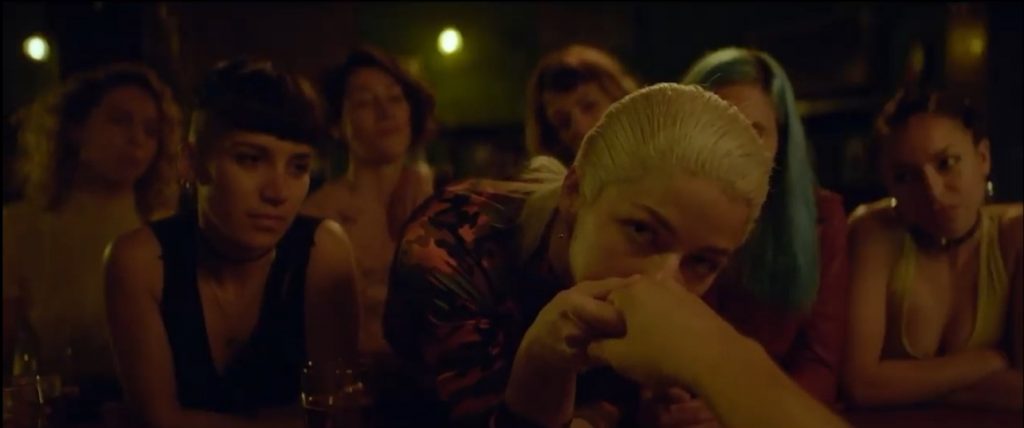
Among the two, Ema is the most affected. Grief and guilt have crept under her skin, disturbing what is left of her inner peace (something that she barely had, possibly not even have had at all). Needless to say, this isn’t a film about reformation, about changing one’s flaws to fit the certain molds society has constructed about being a woman and, in Ema’s case, being a matriarch; instead, the film defies logic by leading its combustible lead into a vertigo of anarchy and revolution, rebelling against the self and the society through dance that rhythmically goes well with Nicholas Jaar’s ominous score that is reminiscent of Noé’s otherworldly hells, like Climax. The fury and the sound fuses, in the same intensity as Gaston and Ema’s verbal clashes, and feeds the carnal desires of a woman set on fire by no one else but herself. She is on a journey to finding freedom, in the hopes of maybe teaching what she has been trying to find to many. However, her journey to freedom is a tough one, especially when she is barely rooted for. Not her partner, not her child, not her relatives, not the child protection services. The only thing that keeps her intact, one inch away from removing the hinges that keep her grounded, is her sisterhood, the bonds that fuel her fire to grow and reach the heavens.
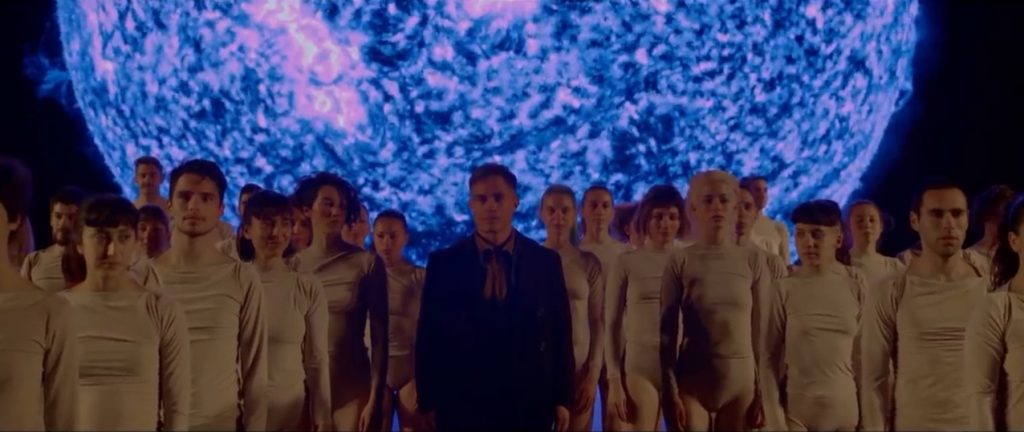
The film is a breakaway from the usual Larraín, him having a fixation towards the past and its lingering effects on the present, as he circumnavigates the contemporary generation, leaving its focus mainly on the present moment, adding sensibilities that are more relatable and modern. That being said, the past remains present to analyze the two characters and how their decisions, behaviors and actions catalyze their eventual identities. It’s almost akin to being on a tour to see a landmark that is part of the itinerary: one is brought to the place and is given an introduction to what it was and how it came about; and while that is fascinating, what grabs your attention is the beauty (or the ruins, it depends) lying in the present architecture. We are given an introduction to who Gaston and Ema are, what kind of people they have been. But we are never to dwell on those; instead we are given the chance to observe how they will turn into the beautiful disasters they end up becoming.
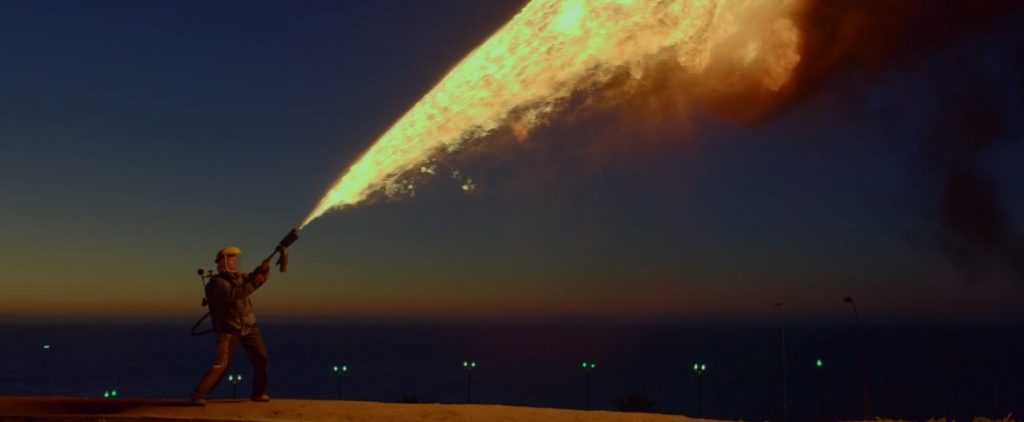
Instantaneously, one is drawn to the mystique enveloped in the film’s dynamic composition; there is so much movement from the living and the non-living, almost as though each nuance and detail has been given life, and every aspect has something to say about Gaston and Ema, the most dynamic ones being the elements of fire and dance. With fire, we immediately understand, albeit on-the-nose, Ema’s electric presence and incendiary personality. Anyone who dares come close to her must have the mental preparation of being ruined and turned into ashes. She never fails to burn brightly, to shine and capture everyone’s attention. With dance, she is able to let loose and find her true self. The film uses Reggaeton not just as a commonplace music in the setting, but because the politics involved in this type of dance transcends expectations in the sense that it is never just a singular genre; rather, it is a polymerization of many others, welcomed by the masses as a revolutionary piece. With these elements combined, Mariana di Girolamo becomes the wheel of Apollo, a monster of a star, taking every single person, her husband included, into her gravitational pull so they can orbit around her, that she is beyond them.
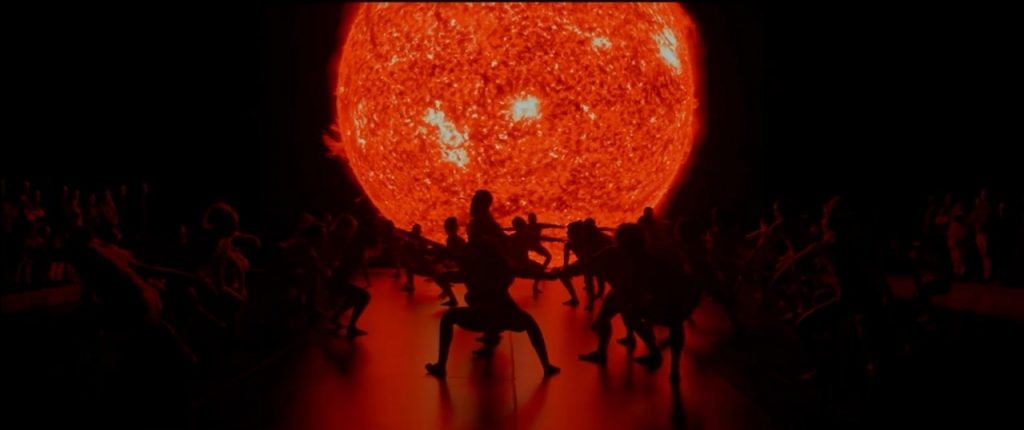
EMA joins this year’s Philadelphia Film Festival Lineup
Or perhaps, Ema’s journey is her way of mustering her courage to raise her middle fingers up the sky for those who have made her feel less than what she is ought to be. Perhaps, to leave a statement about her femininity not being boxed by the likes of being with a man who’s made out to be (almost like) half of a man with his “incapabilities” nor goofing around with other people, her posse walking right behind her, and complete her psychosexual awakening. Perhaps, to let her emotions, her despair and desperation, become one with the rhythm and let her fluid motions speak for themselves. Perhaps, to create a “new normal” in terms of being a sister, a friend, a daughter, a wife, a dancer and, most importantly, a mother. Larraín makes it out like one is bound by human limitations which, ironically, have been set by humans themselves. It’s these people trying to acknowledge the truth and turns the truth into strength, allowing this power to emancipated and become a perfectly imperfect version of the self.
The film leaves you with a trance, a sort of tranquil hypnosis that leaves you out of breath, coming up for air. You will never root for any of the characters, but that’s the point: will people ever really root for us when we’re at our realest, at our most broken? Anarchy is not an unfamiliar concept in films, and with what Larraín has created, there are times wherein you are reminded of Nocturama’s rationale: that there are humans–teenagers, in particular–that question their place in the world, that turns to acts of violence and terrorism to define their existence and allow them to reveal their vulnerabilities. And while Bertrand Bonello’s universe exists far, far away from that of Larraín’s, or of Ema’s in particular, it doesn’t mean that she cannot coexist with these teenagers who have dared to wreak havoc in Paris. Somewhere out there lies an Ema waiting to be born or discovered; unless we can avoid making a cruel world for her to exist in and make her feel like she’s free to give meaning to her life, to make her become what she is meant to be, cycles upon cycles of mayhem and madness will exist. The Ema’s of this world will have to live their day-to-day existence with fury and rage until she takes things to her own hands. And that’s the truth.
